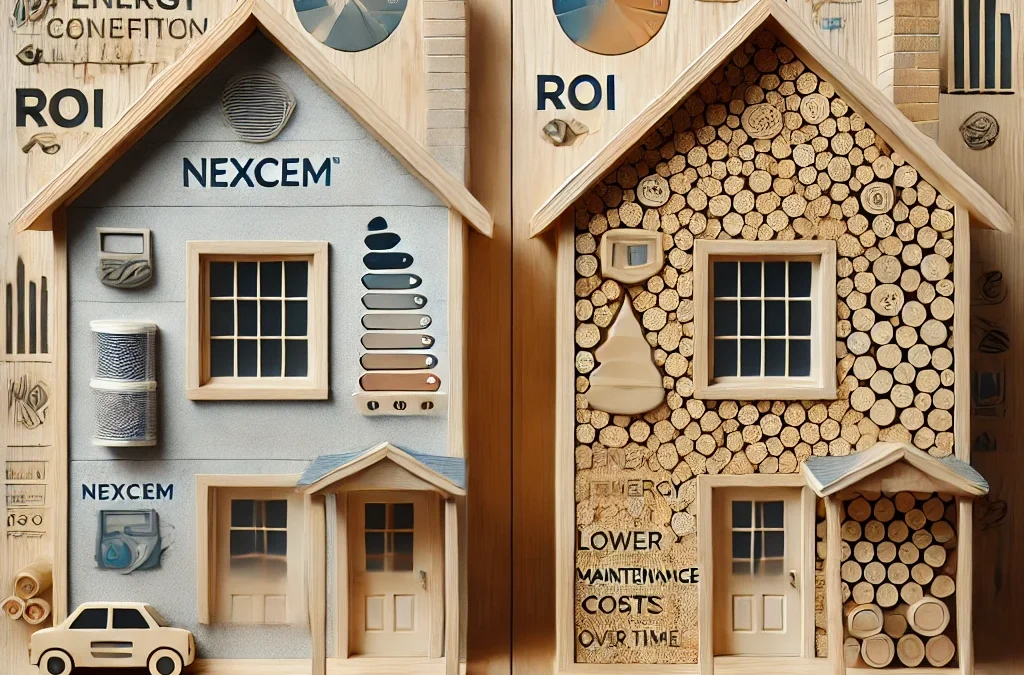Introduction
When considering building materials, the initial cost is often a key factor. While ICFs like Nexcem may have a higher upfront cost compared to traditional materials, their long-term return on investment (ROI) is unmatched. This blog explores the financial benefits of Nexcem ICFs, from energy savings to reduced maintenance costs, showing why they are a smart investment for any home.
The Upfront Cost vs. Long-Term Savings
Nexcem ICFs may have a higher initial cost, but this is quickly offset by the long-term savings in energy bills, reduced maintenance, and increased durability. Homes built with Nexcem require less energy to heat and cool, saving homeowners money over the years.
Breaking Down the Financial Benefits
Energy Savings
Nexcem ICFs provide superior insulation, which helps reduce heating and cooling costs by as much as 50%. With their excellent thermal mass, Nexcem homes maintain a comfortable temperature year-round, reducing energy consumption and lowering utility bills.Lower Maintenance Costs
Nexcem ICFs are resistant to mold, pests, and rot, which reduces the need for repairs and maintenance. This durability lowers long-term maintenance costs, making Nexcem a cost-effective choice over the life of the home.Return on Investment (ROI)
The average ROI for ICF homes is typically realized within three to five years. The combination of energy savings, reduced maintenance, and a longer lifespan makes ICFs a wise investment that pays off in the long run.
Conclusion
While Nexcem ICFs may have a higher initial cost, the long-term savings in energy efficiency and maintenance make them an excellent investment. Whether you’re building a new home or upgrading an existing one, Nexcem offers a high ROI that pays off for years to come.
CTA
Interested in learning more about the long-term savings of building with Nexcem ICFs? Request a consultation today!

